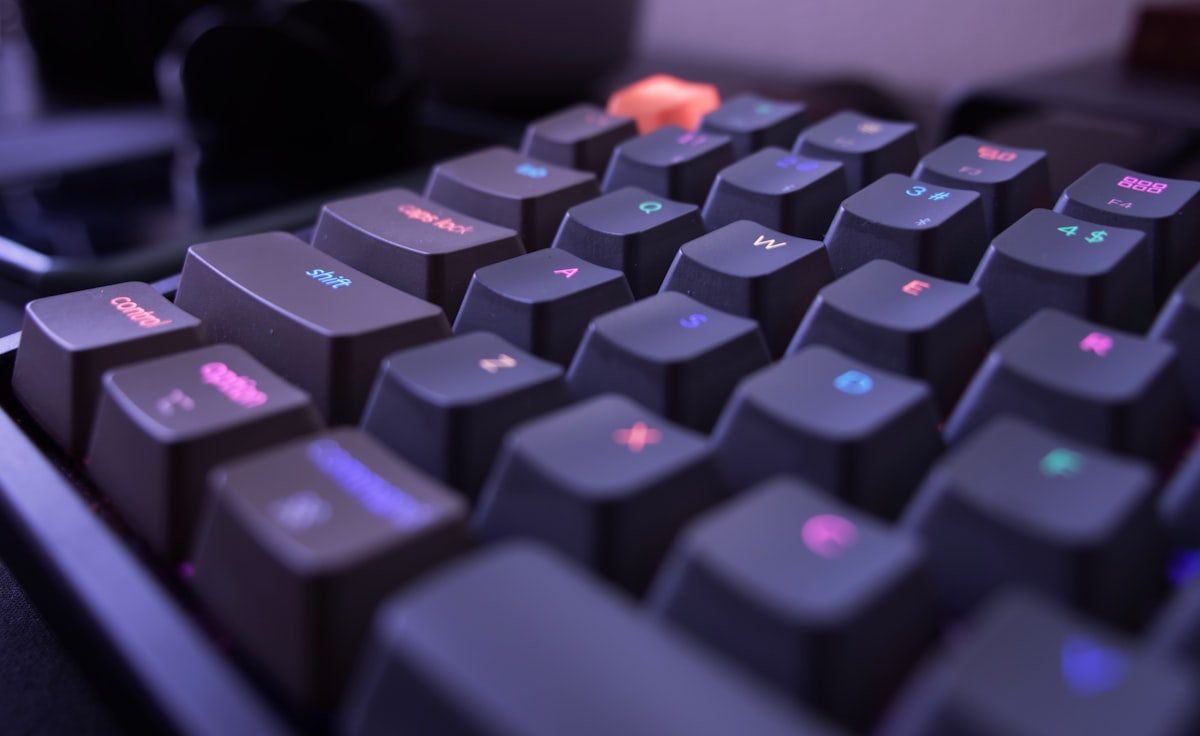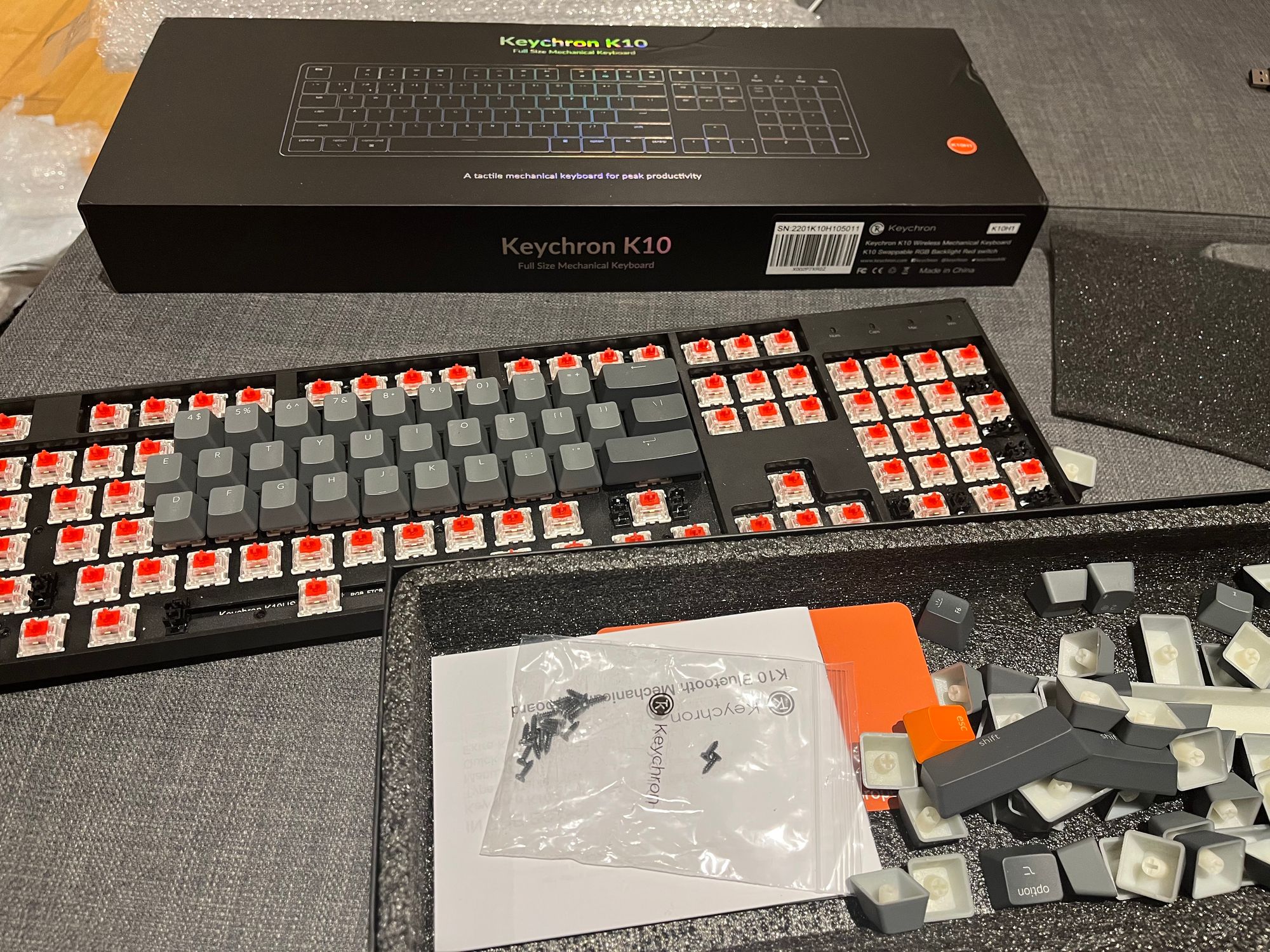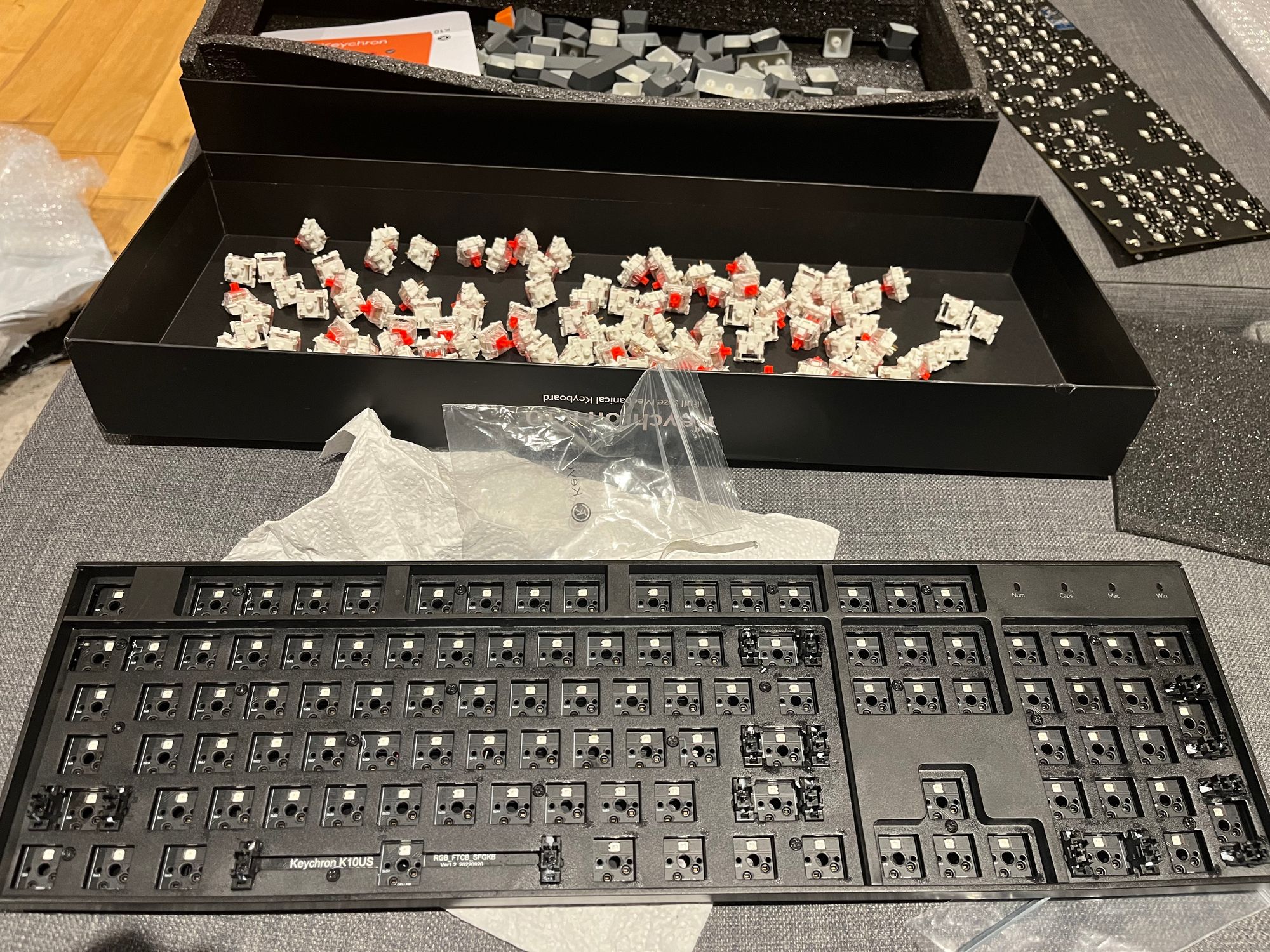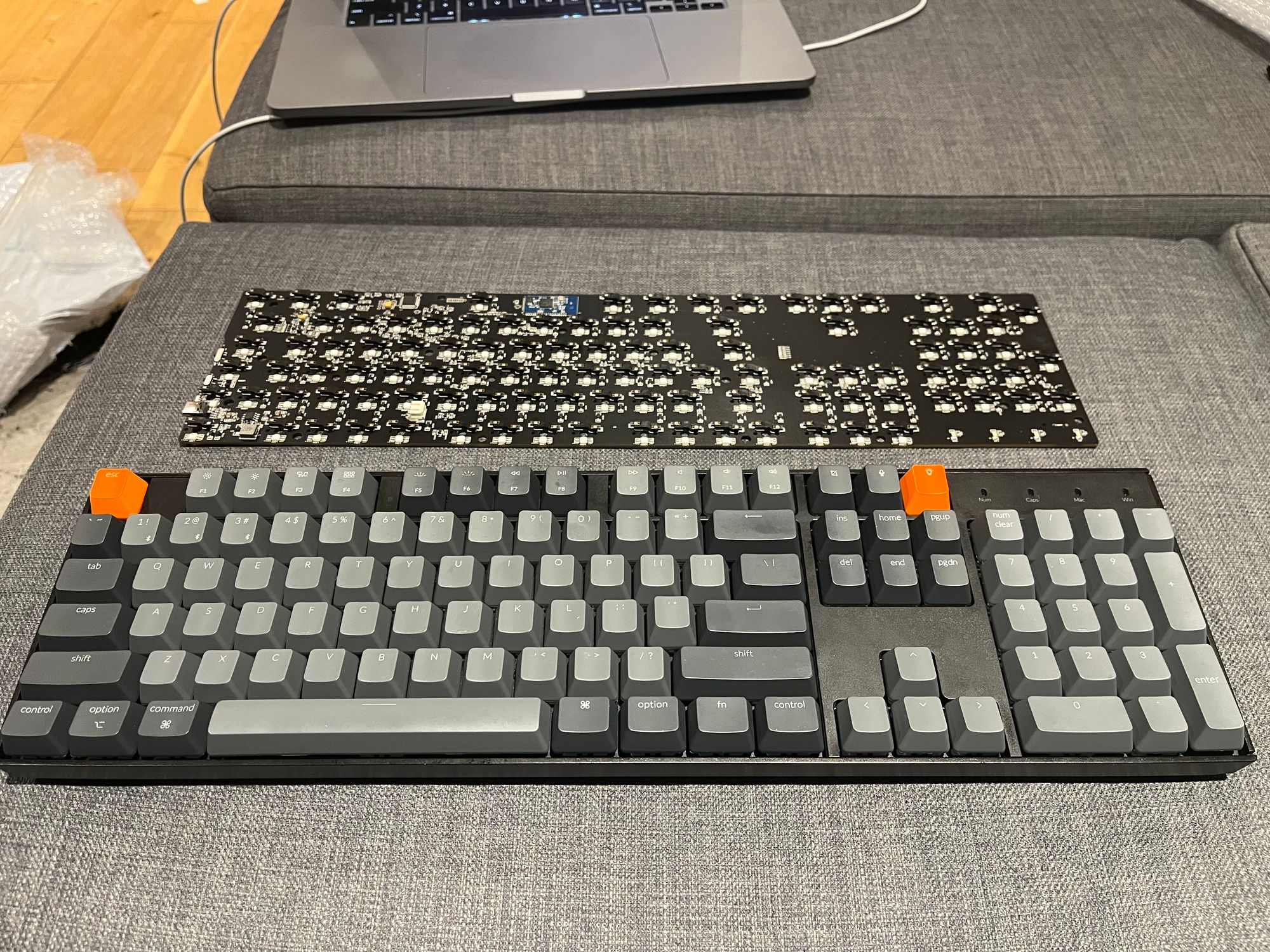The art of debugging: Reviving my mechanical keyboard

Problem-solving is a universal skill, applicable in numerous scenarios, even when the context shifts from software to hardware. Today, I want to share a tale from my own experience, where I applied problem-solving strategies, typically used in software debugging, to an entirely different realm - a mechanical keyboard.
My trusty Keychron K10 wireless mechanical keyboard, one day, decided to stop communicating with my laptop. It wouldn't connect in wired mode. What seemed like a minor issue at first glance, gradually unfolded into an intricate problem, demanding a systematic approach to resolution.
The first step in problem-solving is identifying the problem. I initiated a series of tests, similar to a debugging process, checking the cable, the power source, and the keyboard's interaction with different laptops. The keyboard wasn't just refusing to connect; it wasn't charging either. My systematic investigation led me to conclude that the issue lay with the keyboard's USB-C port.
However, this journey of troubleshooting wasn't a solo adventure. Keychron's support team was my partner, guiding me through each step. With their assistance, I performed various tests, presenting them with proof of the cable working on other devices, and the keyboard's refusal to cooperate with any device. Their expertise was instrumental in narrowing down the issue to the faulty USB-C port.
When it became clear that the problem required soldering - a skill I didn't possess, and equipment I didn't have, Keychron came to my rescue yet again. They offered to send a replacement PCB, reflecting a level of customer support that truly impressed me.

The process of replacing the PCB was meticulous, demanding precision and care, much like solving a complex problem. Every keycap was removed, each screw was safely stored, the PCB was carefully replaced, ensuring the wires remained intact. Finally, the keyboard was reassembled, ready to function again.

The entire process was a testament to the importance of hard work and patience. It took considerable time and effort to remove over 100 keycaps, unscrew and remove the keys, replace the PCB, and then put everything back together. But in the end, it was all worth it.

This experience underscored the fact that problem-solving skills are not confined to a specific domain. It's about adopting a systematic approach, diagnosing the problem, and finding the most efficient solution. But it's also about the dedication to see the problem through to its resolution, the patience to work meticulously, and the perseverance to overcome any obstacles. Whether it's a line of code or a mechanical keyboard, the art of problem-solving stands universal and paramount.
And as an added bonus, it provided an interesting story to share with you. There's a certain satisfaction in knowing that my keyboard's resurrection has also led to the creation of this blog post. In the end, it wasn't just about reviving a keyboard, but also about reinforcing the timeless virtues of problem-solving, patience, and hard work.
This article was developed with the support of OpenAI's language model, ChatGPT.